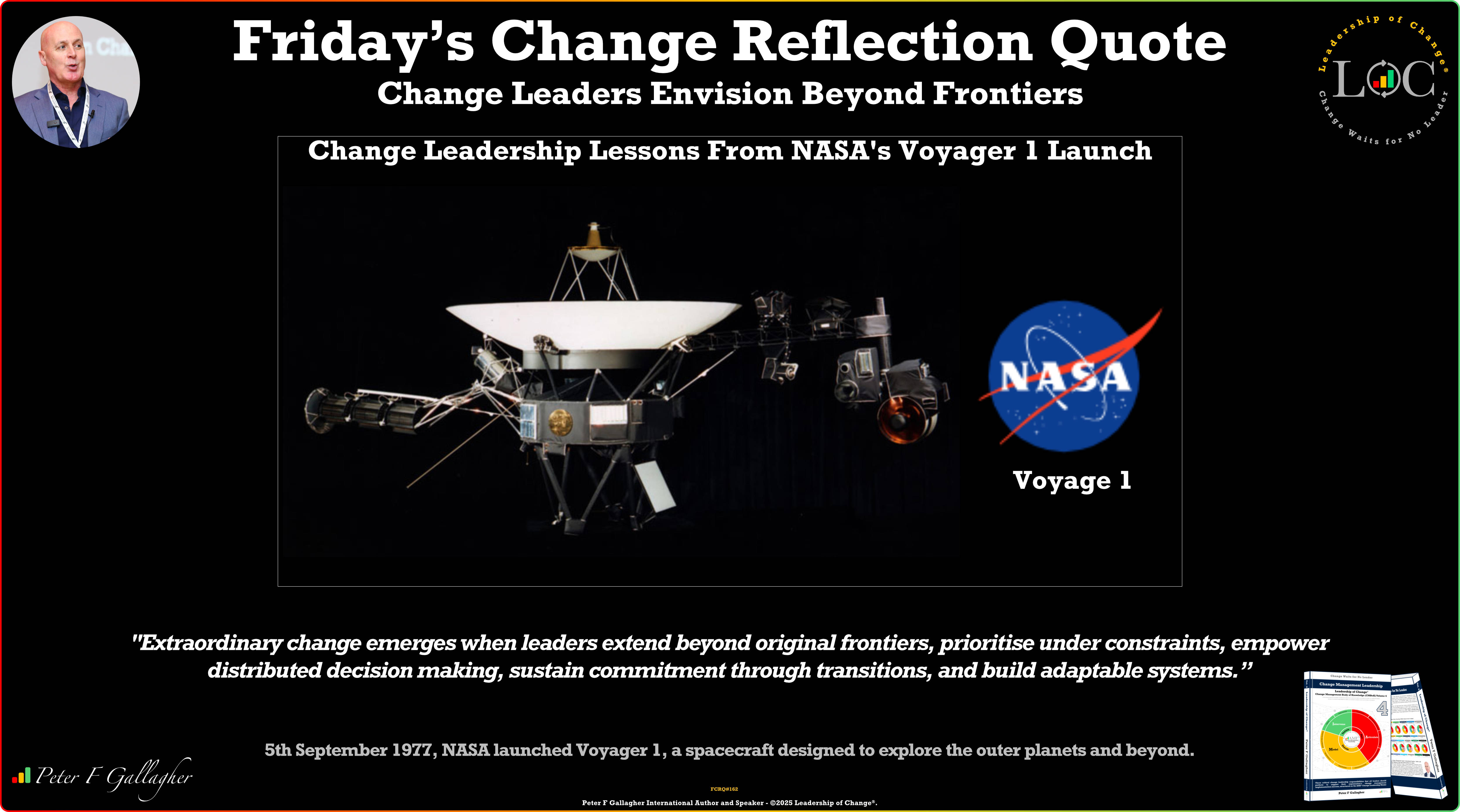May20

Organizations often become entrenched in their business models in the contemporary business environment. As they scale, they develop numerous processes, procedures, key performance indicators (KPIs), and programs to optimise execution. While commendable, this relentless drive for perfection and stability can inadvertently lead to the loss of agility and flexibility. The multitude of rules, regulations, and processes meant to bolster efficiency may inadvertently stifle the adaptability crucial in a fast-paced, evolving market.
Business models, in essence, are the blueprint that guides how an organization creates, delivers, and captures value. They can dictate the contours of a business's operations and strategic choices when firmly established. However, the innovation potential often lies beyond these familiar contours. When overly adhered to, the prevailing business model might limit an organization's ability to think beyond the status quo and to respond to new opportunities or threats.
Indeed, there is a need to balance executing the existing model effectively and continuously improving it. Committing to a single business model should not result in overlooking customer needs or market trends. It is essential to keep learning from customers and to incorporate that knowledge into building better products, services, or channels.
Moreover, adhering too strictly to an existing business model might limit the allocation of resources solely towards maintaining the status quo. This can hinder the exploration and experimentation that are vital to innovation. Innovation can empower an organization to enhance its current business and venture into radically new business models. This exploration doesn't need to be a high-stakes gamble with colossal investments. Instead, it can be managed as a series of low-cost, efficient experiments conducted within a defined section of the company.
Business model innovation is a strategic imperative for all organizations, regardless of size or industry. It encourages companies to reevaluate their assumptions about what they are and what they can become. This perspective allows businesses to consider how they might reconfigure their resources, operations, and strategic relationships to create new forms of value.
Notably, such innovation should not come at the expense of the core business. The dual focus on experimentation and continuous improvement should be maintained. Experiments with new business models can occur concurrently with efforts to enhance processes, procedures, and deliverables for the core business. This approach ensures that the core business continues to thrive while the organization also seeds potential growth areas.
In conclusion, large organizations need not be trapped in their existing business models. By harnessing innovation techniques, they can foster continuous improvement while maintaining agility. Business model innovation should be viewed as an ongoing process rather than a one-time event, which allows organizations to stay relevant and competitive in an ever-changing business landscape. With this mindset, businesses can evolve their models strategically, improve their offerings based on customer insights, and experiment with potential game-changing initiatives without risking their entire operation.
Take your business to the next level.
We help medium-sized businesses to innovate and make measurable progress towards your business outcomes so your company thrives.
Over the years, we’ve used proven and guaranteed Innovation & OKR processes to generate tangible business outcomes in 12 weeks ️ for companies including Roche, IBM and many others.
Stay ahead of the competition. Learn more and contact us now.
By Andrew Constable MBA, XPP, BSMP
Keywords: Business Strategy, Innovation, Leadership
 Enterprise AI Failure or Not?
Enterprise AI Failure or Not? The Corix Partners Friday Reading List - September 5, 2025
The Corix Partners Friday Reading List - September 5, 2025 Friday’s Change Reflection Quote - Leadership of Change - Change Leaders Envision Beyond Frontiers
Friday’s Change Reflection Quote - Leadership of Change - Change Leaders Envision Beyond Frontiers The Rise of AI in Performance Reviews: Who’s Leading the Way?
The Rise of AI in Performance Reviews: Who’s Leading the Way? The Silence Tax: The Hidden Cost of Playing It Safe at Work
The Silence Tax: The Hidden Cost of Playing It Safe at Work